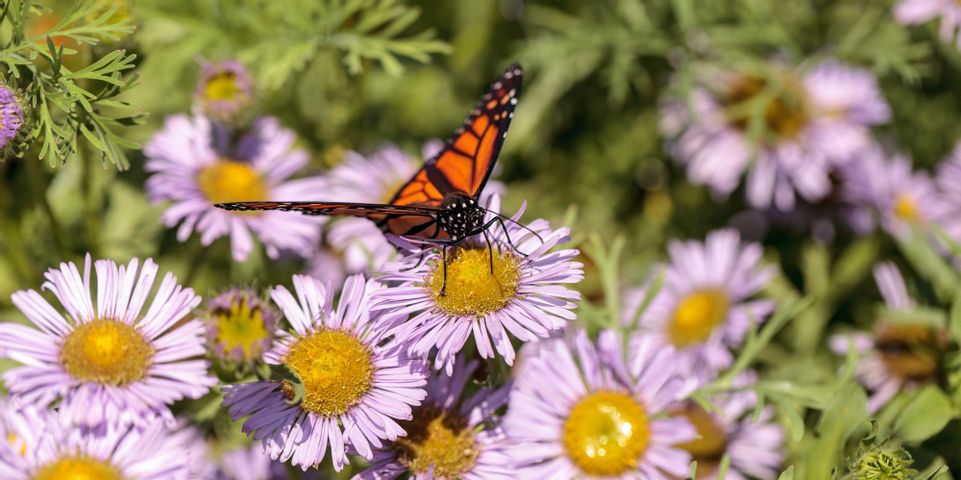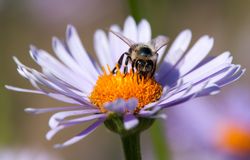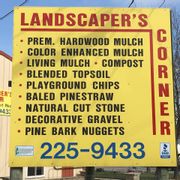
A pollinator garden welcomes bees, butterflies, and other beneficial insects known as pollinators to your garden with showy blooms and attractive scents. While these insects are hard at work collecting pollen, you can reap the benefits of a beautiful garden that produces flowers from spring to fall. To get started building a garden that attracts pollinators, here are three landscape design tips.
How to Build a Pollinator Garden
1. Use Native Plants
 Native plants are an ideal choice for a pollinator garden because they’re adapted to the local climate, soil, and pollinators. Ideally, you want your landscape design to include clumps of native species, whether coneflowers, asters, or milkweed, so that pollinators linger in your flower beds.
Native plants are an ideal choice for a pollinator garden because they’re adapted to the local climate, soil, and pollinators. Ideally, you want your landscape design to include clumps of native species, whether coneflowers, asters, or milkweed, so that pollinators linger in your flower beds.
2. Reduce or Eliminate Pesticide Usage
Many pesticides harm pollinators, such as bees, even if you’re using an organic variety. If a pesticide is your only option for weed control in your landscape design, carefully read the labels and opt for the least toxic product. Follow the instructions and spray when pollinators are least active—at night.
3. Plant Wildflowers
Allow some of your garden to grow wild with wildflowers. Landscape designs that accommodate wildflowers give bees, butterflies, and wildlife shelter from predators and the elements. They also may rear their young in the wild recesses of your garden where the lawn is unmowed and where leaves and twigs can pile up.
If you’re in need of lawn maintenance or help with landscape design, look no further than Landscaper’s Corner in Lexington, KY. With over 13 years in business, they’re known for their dedication to superior customer satisfaction and integrity. Offering every tool and service to gardeners large and small, including design guidance and fertilizers, they’ll turn your backyard into an oasis. To inquire about their gardening services, give them a call today at (859) 225-9433, or visit them online for more information.
About the Business
Have a question? Ask the experts!
Send your question

